Oh fall – there’s just so much to love. From pumpkin-flavoredeverything to the upcoming buzz of some of our favorite holidays and the changing color of the leaves, it’s just a really great time of year.
Of course the weather leaves us swooning, as well, and with a slight chill in the air, now is the perfect time to lace up those sneaks or hiking boots and hit the pavement or trails in the great outdoors. The scenery will never be better.
Before heading outside, though, it’s a good idea to take stock of how you might best prepare your body for a workout that involves activity in cooler, outdoor elements.
Here are some things to think about before communing with nature this season:
Rug Up Properly
It may take you a while to finely tune what you’ll wear during a workout in the fall — and your favorite fall workout gear may change from day-to-day, as the weather this time of year can be unpredictable — but essentially a good rule of thumb is to be prepared for all contingencies. Depending on where you live, weather in November may still be warm, it could be getting slightly chillier or, in some places, perhaps it’s already snowed, even.
If you worry about bulking up too much for an outdoor run that starts out cold and then warms up as you get moving, consider running with a small backpack so that you can disrobe as you go. For example, a trail run that you start when it’s 50 degrees out might require a hat and gloves at first, which you can remove once you start exercising and your blood gets pumping. Remember — when it’s cold, your blood flow will naturally center around the core of your body to protect important organs, which leaves your extremities, like your hands and feet, vulnerable to frostbite. Just remember to change out of your clothes as soon as you come inside — you’ll be more likely to get sick if you lounge around in cold or wet clothing.
Also remember that it’s getting darker earlier now, which means if you start a run in the late afternoon, there’s a good chance you’ll be running in complete dark before long. Always leave the house with reflective clothing to avoid any accidents that may occur after dark.
Don’t Be Fooled
Just because the weather is changing doesn’t mean you can ignore two key elements that are always front-of-mind during summer workout routines — hydration and sun protection. Although you might not think you’re sweating as much in colder weather compared to warmer temps (and this is true), you’ll still need to stay properly hydrated both before and after a strenuous outdoor activity.
It’s also just as easy to get sunburned in the fall and winter as it is in the summer — just because the sun may be hiding behind clouds or it’s cold out doesn’t mean the sun isn’t there. Wear sunscreen with UVA and UVB protection at all times when outside, as well as lip balm and sunglasses for eye protection.
Be Kind to Your Feet and Knees
Keep in mind that shoes that were perfect for running on an indoor track or treadmill may not be suited for outdoor trails and rocky paths. Depending on your preferred outdoor activity and where you plan to exercise, you may need a new pair of shoes altogether. If you’ll be on concrete outside, you’ll need shoes with a lot of padding or gel to make up for the lack of “give” that indoor exercise mats provide. Your local sporting goods store should have professionals that can help you find the perfect match for your specific needs.
Once you’ve thought about the few changes that will help transfer an indoor exercise to a healthy outdoor one, the only thing left to do is open that front door and step outside.
Have fun!

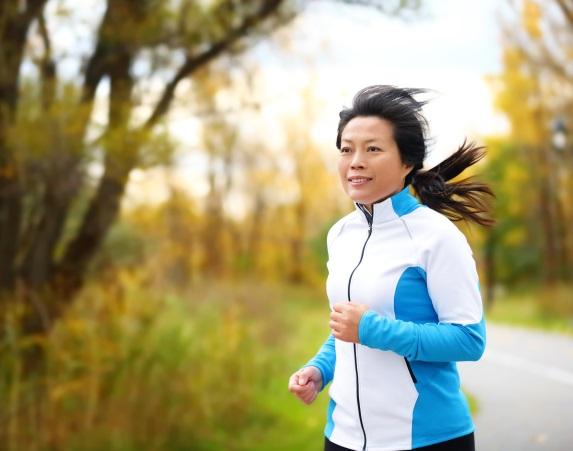


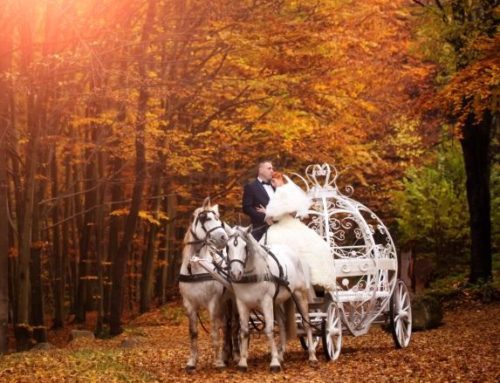





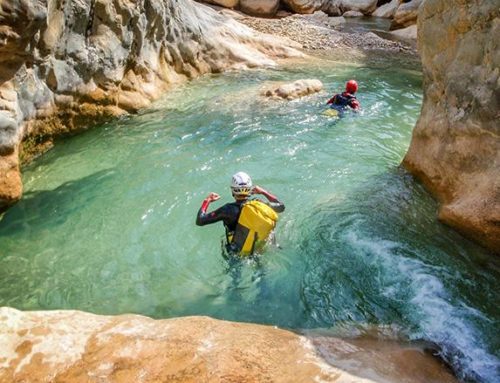


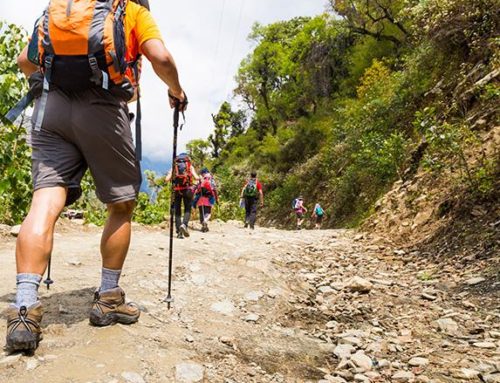



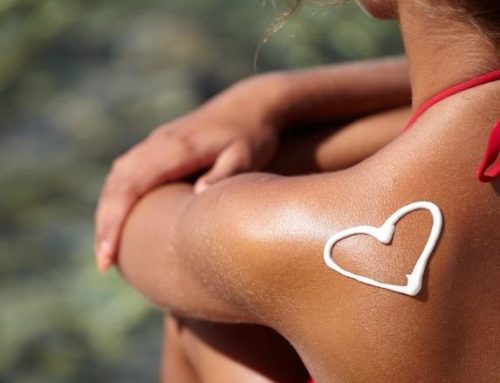



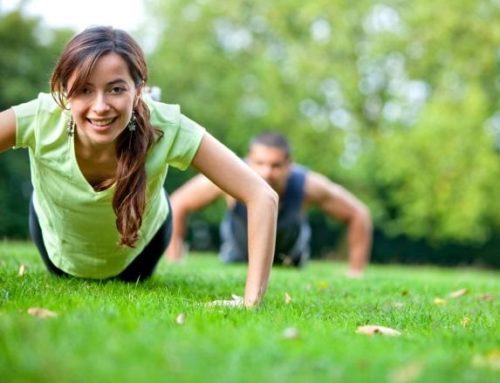










Leave A Comment